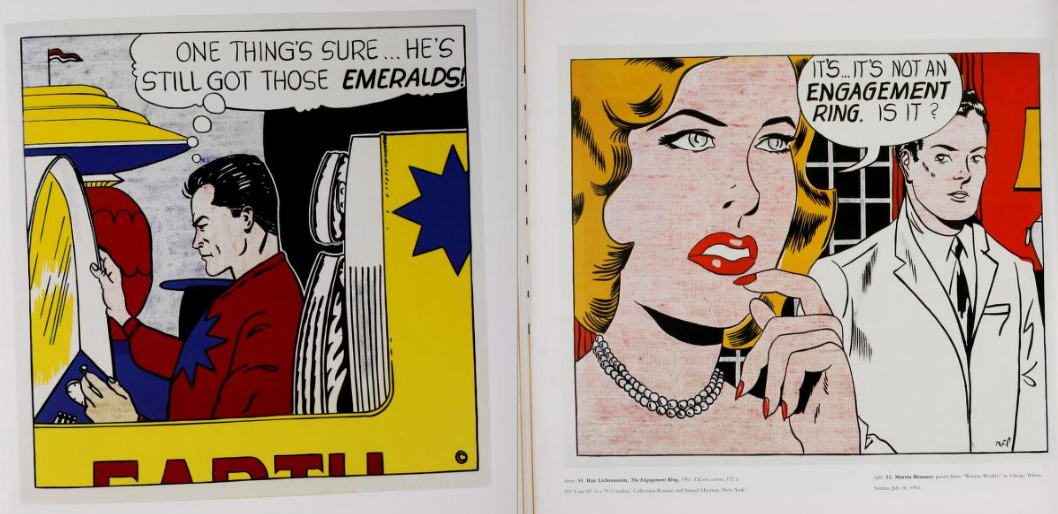Astrophysicist Neil deGrasse Tyson has won a reputation as a genial, yet pedantic nerd, a scientific gadfly whose point of view may nearly always be technically correct, but whose mode of delivery sometimes misses the point, like someone who explains a joke. His earnestness is endearing; it’s what makes him so relatable as a science educator. He’s wholeheartedly devoted to his subject, like his boyhood hero Carl Sagan, whose shoes Tyson did his best to fill in a remake of the classic Cosmos series. Tyson’s countrymen and women, however, have made his job a lot harder than they did in Sagan’s day, when ordinary Americans were hungry for scientific information.
The change has been decades in the making. Like Sagan, Tyson’s voice fills with awe as he contemplates the mysteries of nature and wonders of science, and with alarm as he comments on widespread American ignorance and hostility to critical inquiry and the scientific method. These attitudes have led us to a crisis point. Elected and appointed officials at the highest levels of government deny the facts of climate change and are actively gutting all efforts to combat it. The House of Representatives’ Committee on Science, Space, and Technology mocks climate science on social media even as NASA announces that the evidence is “unequivocal.”
How did this happen? Are we rapidly returning, as Sagan warned before his death, to an age of “superstition and darkness”? Tyson has recently addressed these questions with earnestness and urgency in a short video called “Science in America,” which you can watch above, “containing,” he wrote on Facebook, “what may be the most important words I have ever spoken.” He opens with a statement that echoes Sagan’s dire predictions: “It seems to me that people have lost the ability to judge what is true and what is not.” The problem is not simply an academic one, but a pressingly political one: “When you have people,” says Tyson, “who don’t know much about science, standing in denial of it, and rising to power, that is a recipe for the complete dismantling of our informed democracy.”
One must ask if the issue solely comes down to education. We are frequently reminded of how much denial is motivated and willful when, for example, a government official begins a completely unsupported claim with, “I’m not a scientist, but….” We know that fossil fuel companies like Exxon have known the facts about climate change for forty years, and have hidden or misrepresented them. But the problem is even more widespread. Evolutionary biology, vaccines, GMOs… the amount of misinformation and “alternative fact” in the public sphere has drowned out the voices of scientists. “That’s not the country I remember growing up in,” Tyson laments.
There are plenty of good philosophical reasons for skepticism, such as those raised by David Hume or by critical theorists and historians who point out the ways in which scientific research has been distorted and misused for some very dark, inhumane purposes. Yet critiques of methodology, philosophy, and ethics only strengthen the scientific enterprise, which—as Tyson passionately explains—thrives on vigorous and informed debate. We cannot afford to confuse thoughtful deliberation and honest reflection with specious reasoning and willful ignorance.
I imagine we’ll have a good laugh at creative redeployments of some classic Tyson harangues. (“This is science! It’s not something to toy with!”) And a good laugh sometimes feels like all we can do to relieve the tension. The real danger is that many people will dismiss his message as “politicizing” science rather than defending the very basis of its existence. We must agree on the basis of scientific truth, as discoverable through reason and evidence, Tyson warns, before we can even get to the political questions over climate change, vaccines, etc. Whether Americans can still do that has become an unsettlingly open question.
via Big Think
Related Content:
Neil deGrasse Tyson Remembers His First Meeting with Carl Sagan
Carl Sagan Issues a Chilling Warning to America in His Final Interview (1996)
Josh Jones is a writer and musician based in Durham, NC. Follow him at @jdmagness





